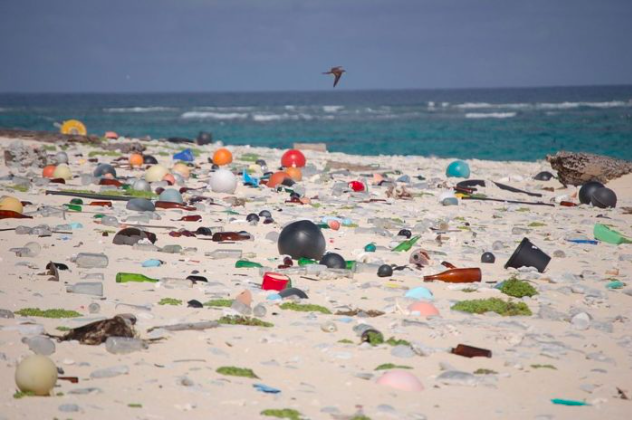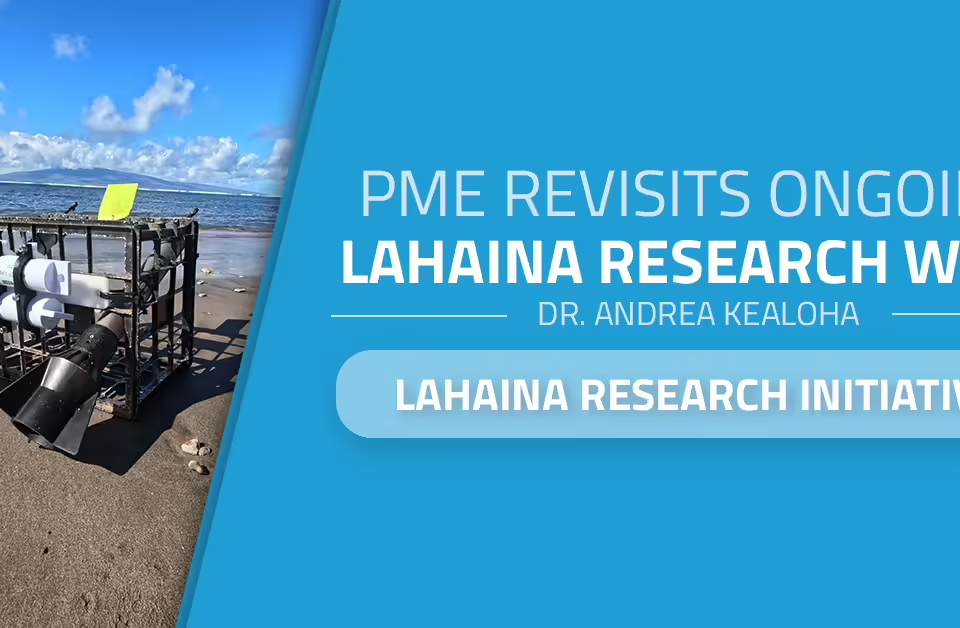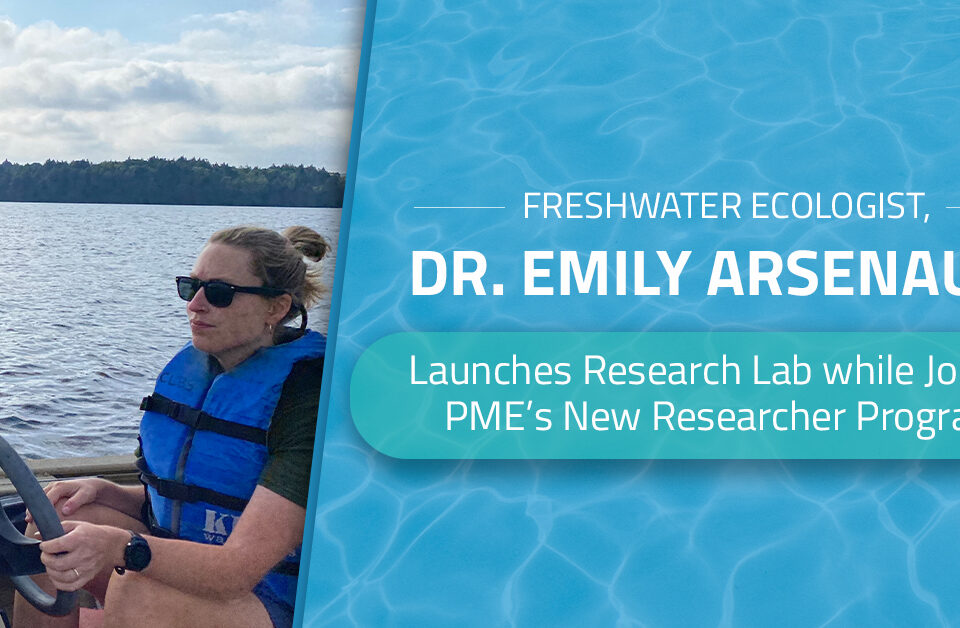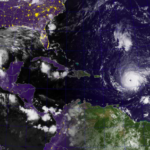
Temperature Anomalies Are Driving Force Behind Storms Like Harvey, Irma
September 12, 2017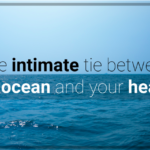
The Intimate Tie Between the Ocean and Your Health
February 23, 2018Debris-strewn beaches, seabird skeletons filled with plastic bottle caps, turtles deformed by six-pack rings: These are familiar images of plastic pollution.
While environmental plastic certainly has a tragic impact on these animals and ecosystems, a new study hints that the real toll of microplastics on marine ecosystems may be even more insidious, affecting the food web from its base.
The study published in Scientific Reports focused on the smallest particles of plastic: nanoplastics. Measuring just 1-100 nanometers in diameter, these plastics can penetrate the blood-brain barrier of fish, with harmful effects, according to the study.
Scientists at Lund University fed two sizes (53nm and 180nm) of polystyrene nanoplastic particles to algae, then daphnia zooplankton, then fed the zooplankton to carp. The zooplankton fed the smaller particles had the highest mortality rate, and the carp that ate those plankton exhibited unusual behavior that could make them less competitive in the wild. The 180nm carp group showed higher activity and faster feeding time than the control group or 53nm group. Additionally, the 180nm plastics did not increase zooplankton mortality, said Karin Mattsson, a study author.
“For me, the most surprising results were that one kind of particle was toxic for daphnia, while the same type of particle but in a larger size was not toxic at all for daphnia during the tested conditions,” Mattsson said.
Microplastic research increasingly important
Although the study is limited in scope – it focused on one species each of algae, zooplankton, and fish – it shows the need for further research into how the tiniest particles of plastic could have unexpected consequences for marine ecosystems.
As plastic continues to enter our oceans and photodegrade into smaller pieces – and as so many humans still rely on ocean fisheries for food – research into the invisible effects of plastic pollution is crucial.
Plastic pollution, ocean acidification, and climate change all present potentially grave challenges for ocean ecosystems, and PME is committed to providing quality data loggers to help better understand these effects.
More news of note on plastic pollution:
- Plastic particles are becoming ubiquitous in human drinking water. An investigation by Orb Media found microplastic particles in 83% of drinking water samples. The report focused only on particles more than 2.5 micrometers, 25 times larger than the nanoplastics in the Lund University study.
- How much plastic is there in the oceans and how much is being added? A report from the Ellen MacArthur Foundation says that, at current rates, there will be more plastic mass in the oceans than fish biomass by 2050. However, this figure is likely based on flawed assumptions. The bottom line is: We don’t know.
- Plastic production continues to accelerate. Half of all plastic ever made has been manufactured in the past 13 years. The recent report estimates total manufactured plastic volume is 8,300 million metric tons, of which only 9 percent has been recycled.
- Kenya recently implemented one of the world’s strictest bans on plastic bags. Manufacturing, selling, or importing plastic bags can be punishable by up to 4 years in jail or a $19,000 fine. Kenya is now one of more than 40 other countries that have plastic bag bans or taxes.



